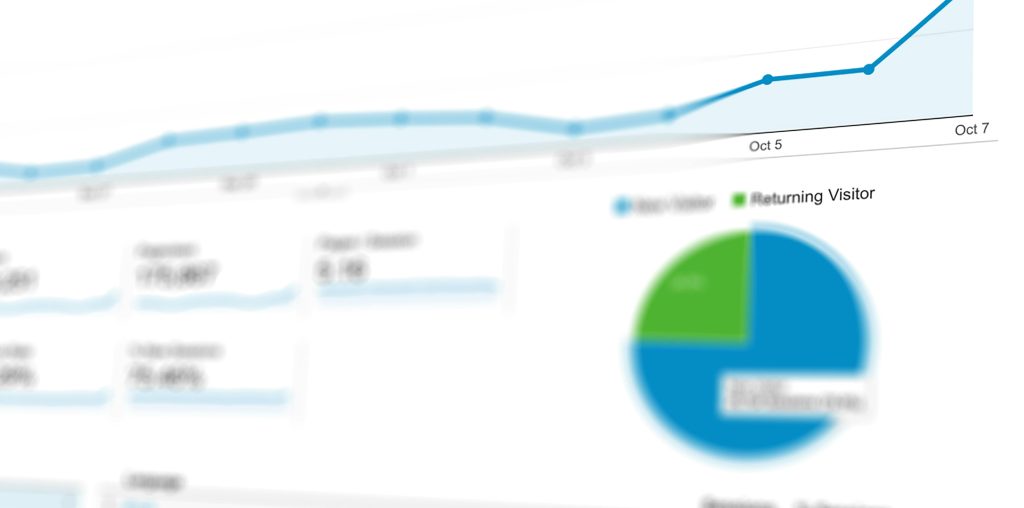In today’s digital age, understanding your online audience is paramount to success. Whether you’re running a blog, an e-commerce store, or a corporate website, harnessing the power of data can propel your business forward. Google Analytics stands out as one of the most powerful tools for gaining insights into your web traffic and user behavior. However, merely installing Google Analytics isn’t enough. To truly leverage its potential, you need to implement best practices that ensure accurate data collection and meaningful analysis. Here’s a comprehensive guide to mastering Google Analytics:
1. Set Up Properly from the Start:
Before diving into data analysis, ensure your Google Analytics account is set up correctly. Install the tracking code on all relevant pages of your website. Utilize Google Tag Manager for more advanced tracking needs and easier management. Configure goals and e-commerce tracking to measure conversions effectively. Additionally, implement filters to exclude internal traffic and spam referrals, ensuring the accuracy of your data.
2. Define Key Performance Indicators (KPIs):
Identify the metrics that align with your business objectives. Whether it’s website traffic, conversion rates, or user engagement, defining KPIs allows you to track progress effectively. Establish benchmarks to measure performance over time and set realistic goals for improvement. Regularly review and refine your KPIs to adapt to changing business priorities.
3. Customize Reports and Dashboards:
Google Analytics offers a wealth of pre-built reports, but tailoring them to your specific needs enhances their utility. Create custom reports and dashboards that focus on the metrics most relevant to your business. Utilize advanced segments to analyze specific audience segments or behavior patterns. Personalized reports make data interpretation more efficient and actionable.
4. Utilize UTM Parameters:
Track the effectiveness of your marketing campaigns by using UTM parameters in your URLs. This allows you to attribute traffic accurately to different sources, mediums, and campaigns. Consistent UTM tagging ensures you can identify which marketing channels are driving the most valuable traffic to your website, enabling informed decision-making and optimized allocation of resources.
5. Conduct Regular Audits:
Maintain data integrity by conducting regular audits of your Google Analytics setup. Verify that tracking codes are properly implemented and functioning correctly across all pages. Review filters and settings to ensure they align with your current business requirements. Address any discrepancies or anomalies promptly to prevent skewed data that could lead to misinformed decisions.
6. Leverage Advanced Features:
Explore the advanced features of Google Analytics to uncover deeper insights into user behavior. Utilize features such as event tracking to monitor specific interactions on your website, like clicks on buttons or downloads of files. Implement enhanced e-commerce tracking for comprehensive analysis of your online sales funnel. Experiment with custom dimensions and metrics to capture additional data relevant to your business.
7. Stay Informed and Educated:
Google Analytics is a powerful tool that continually evolves with updates and new features. Stay informed about the latest developments by participating in training courses, reading industry blogs, and engaging with online communities. Regularly review Google’s official documentation and announcements to ensure you’re maximizing the capabilities of the platform.
8. Maintain Data Privacy and Compliance:
With increasing concerns about data privacy and regulations such as GDPR and CCPA, it’s essential to prioritize data protection and compliance. Familiarize yourself with Google Analytics’ data retention settings and configure them according to your legal obligations. Implement measures to anonymize IP addresses and respect users’ preferences regarding data tracking and cookies.
Conclusion:
Google Analytics empowers businesses of all sizes to make data-driven decisions and optimize their online presence. By following these best practices, you can unlock the full potential of Google Analytics and gain valuable insights into your website performance, user behavior, and marketing effectiveness. Continuously refine your approach, stay informed about updates, and adapt to evolving trends to ensure long-term success in the digital landscape.

